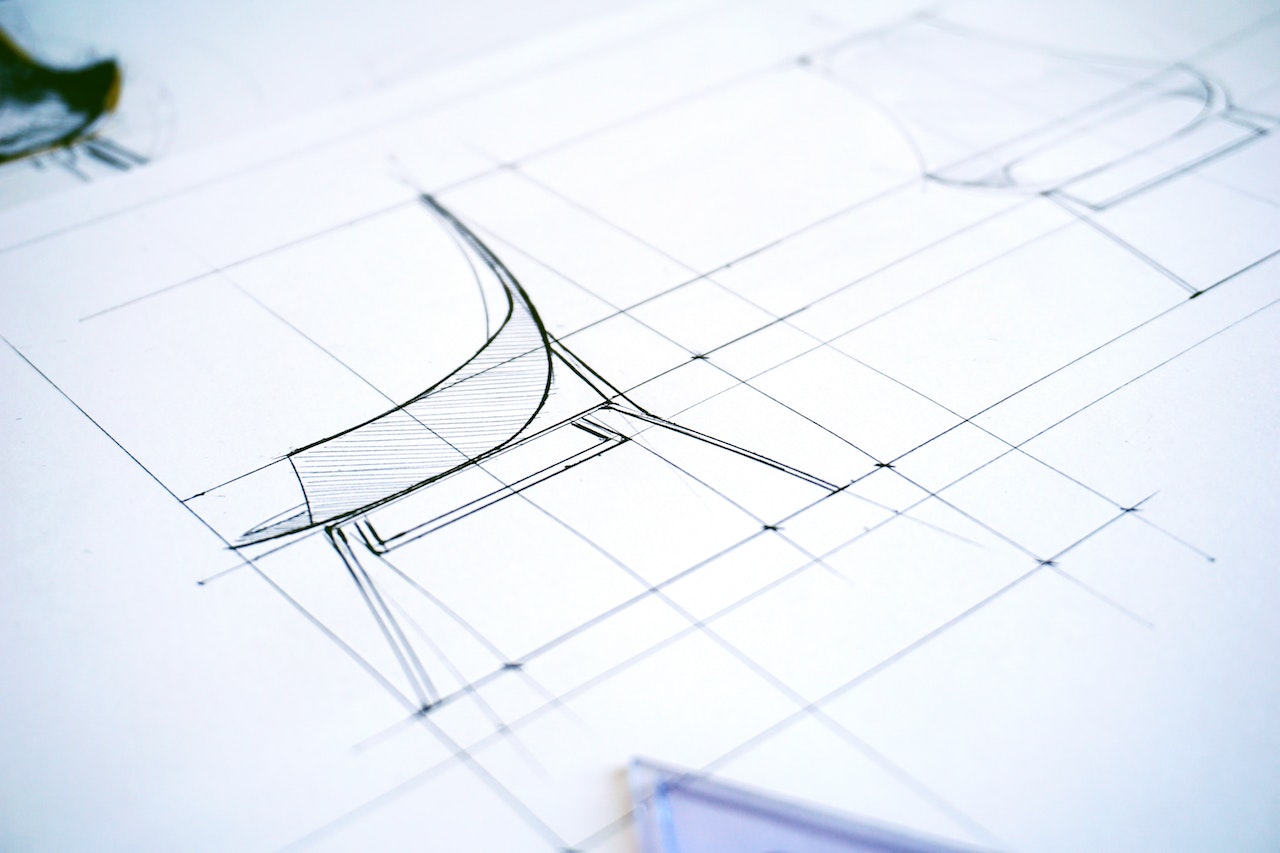A Design Sprint Brief is a Document that Ux Designers Share with Participants
A design sprint brief is an essential document that UX designers share with participants to ensure a smooth and efficient collaboration process. This document serves as a roadmap, outlining the goals, objectives, and expectations of the design sprint. It provides a clear and concise overview of what will be accomplished during the sprint and sets the stage for productive discussions.
The design sprint brief acts as a communication tool, fostering alignment between all stakeholders involved in the project. It outlines the problem statement, target audience, user research insights, and any specific constraints or requirements that need to be considered throughout the process. By sharing this information upfront, designers can ensure everyone is on the same page from day one.
Key Components of a Design Sprint Brief
When it comes to design sprints, a key element in ensuring a smooth and successful process is the design sprint brief. This document serves as a crucial communication tool between UX designers and participants, providing them with essential information and setting clear expectations for the sprint. Let’s delve into the key components that make up an effective design sprint brief.
- Project Overview: The design sprint brief should start with a concise yet comprehensive project overview. It should outline the goals, objectives, and desired outcomes of the sprint. This section sets the stage by providing participants with a clear understanding of what they will be working towards during the sprint.
For example: “In this design sprint, we aim to improve user engagement on our website by streamlining the checkout process and enhancing overall user experience.”
- User Research Insights: To ensure that participants have all the necessary context to generate innovative solutions, including relevant user research insights in the design sprint brief is crucial. This section can include key findings from user interviews, surveys, or usability tests that inform participants about users’ pain points, needs, and preferences.
For example: “Our research indicates that many users abandon their carts during checkout due to confusing navigation and lengthy form-filling processes.”
- Design Challenges: Identifying specific design challenges helps guide participants throughout the sprint by focusing their efforts on addressing critical areas of improvement. These challenges can be framed as questions or problem statements that encourage creative thinking and solution ideation.
For example: “How might we simplify the checkout flow while still capturing all necessary customer information? How can we reduce friction points in order to increase conversion rates?”
- Scope & Constraints: Clearly defining scope and constraints within the design sprint brief helps manage expectations regarding timeframes, resources, and limitations for implementing solutions. This ensures that participants understand any boundaries they need to work within during ideation and prototyping stages.
For example: “Given our timeline constraints, we need to focus on low-fidelity prototypes and prioritize solutions that can be implemented within the next two weeks.”
- Deliverables & Presentation: Lastly, the design sprint brief should outline the expected deliverables participants will produce at each stage of the sprint. It should also provide details about how they will present their ideas and prototypes to stakeholders for feedback and evaluation.
For example: “At the end of day four, teams are expected to have a storyboarded prototype ready for user testing. On day five, each team will present their solution in a 10-minute pitch followed by a Q&A session.”
Understanding Participant Roles in a Design Sprint
When it comes to conducting a design sprint, participant roles play a crucial part in the overall success of the process. A design sprint brief is a document that UX designers share with participants, outlining their specific responsibilities and expectations. Let’s delve into the various participant roles commonly found in a design sprint:
- The Facilitator: The facilitator leads the design sprint, ensuring that the process runs smoothly and efficiently. They guide participants through each phase, manage time constraints, and facilitate collaboration among team members.
- The UX Designer: This role is responsible for defining the user experience strategy and designing intuitive interfaces. They bring their expertise in user research, information architecture, interaction design, and visual aesthetics to create user-centered solutions during the sprint.
- The Developer: Developers play a critical role in translating designs into functional prototypes or mockups. Their technical and time management skills enable them to build interactive elements and test feasibility within tight timeframes.
- The Product Owner: As the stakeholder representative, the product owner provides valuable insights into business goals and objectives throughout the design sprint. They help prioritize features and make decisions based on market research or customer feedback.
- The User Researcher: User researchers conduct studies before or during the design sprint to gain insights into user needs, behaviors, and preferences. Their findings inform decision-making processes and ensure that designs align with users’ expectations.
- The Content Strategist/Copywriter: Crafting compelling content is essential for engaging users effectively. Content strategists or copywriters collaborate with designers to develop persuasive messaging that aligns with brand voice while addressing user needs.
- Other Stakeholders: Depending on project requirements, additional stakeholders such as marketing professionals or subject matter experts may participate in specific phases of the design sprint to provide domain-specific knowledge or validate concepts from their respective areas of expertise.
Each participant role brings unique perspectives and skills to contribute towards creating innovative solutions during a design sprint. By understanding these roles, UX designers can better plan and allocate responsibilities, ensuring collaboration and efficiency throughout the sprint.


